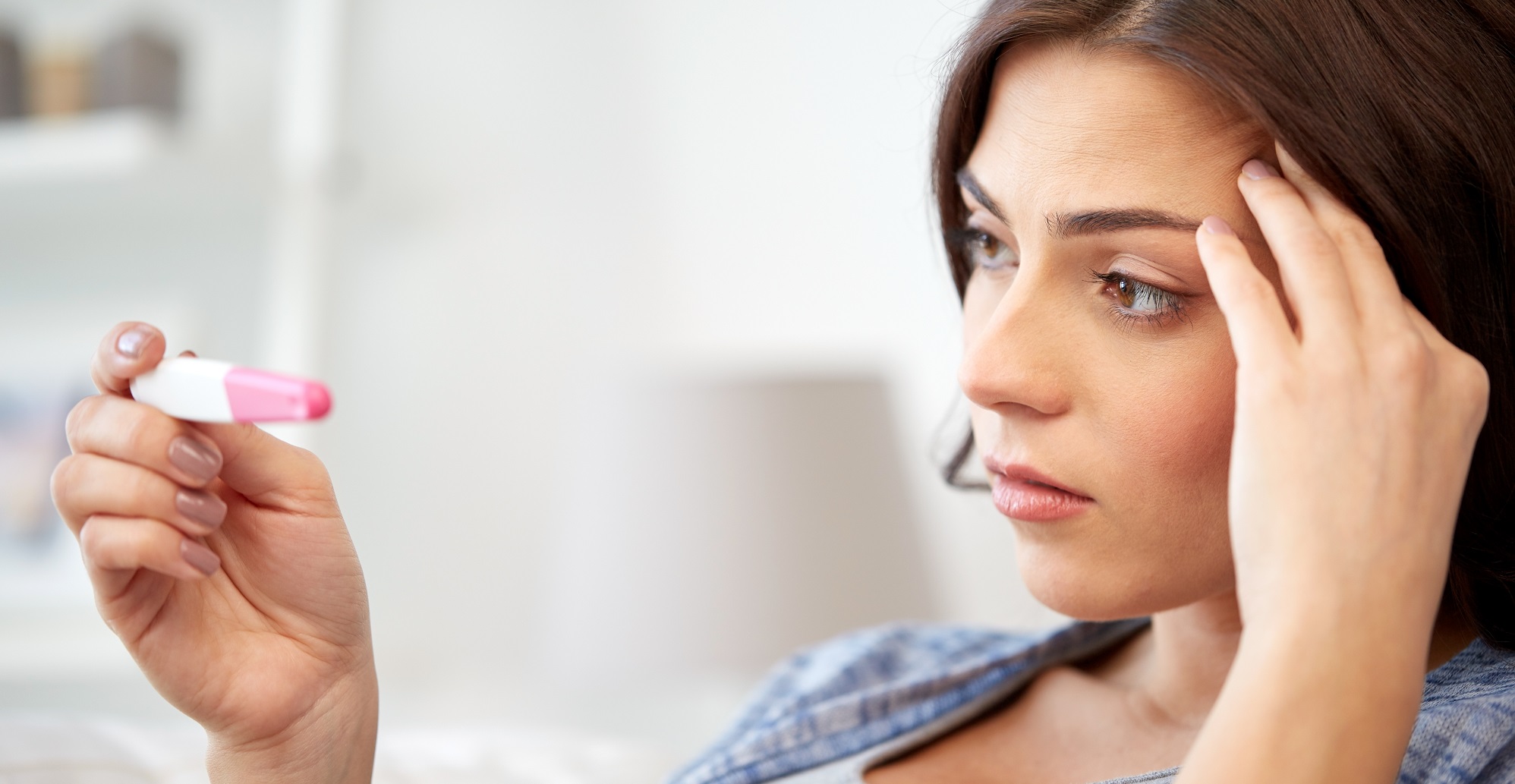The science behind diabetic foot problems1 ,2
|
Foot Problem |
How It Works |
Tips |
|
Diabetic neuropathy1 |
Uncontrolled diabetes is likely to cause nerve damage and over time, it will cause tingling and pain or even numbness. Because of that, you might be unaware of any potential substances in your shoes or on the floor, which leads to more incidences of cuts and sores, and can be infected. |
💡 Take any diabetes medicines and other medicines that your doctor prescribes |
|
Poor blood circulation |
Diabetes causes blood vessels of the lower limbs to narrow and harden. This leads to lower blood flow to the legs and feet and this can make it hard for a sore or an infection to heal. This can potentially cause gangrene and foot ulcers, which can lead to an amputation of your toe, foot, or part of your leg, in order to stop the infection from spreading to the rest of your body. |
💡 Don't smoke; smoking makes arteries harden faster 💡 Keeping your blood pressure and cholesterol under control. 💡 If your feet are cold, you may be tempted to warm them. Unfortunately, if your feet cannot feel heat, it is easy for you to burn them with hot water, hot water bottles, or heating pads. The best way to help cold feet is to wear warm socks 💡 Exercise is good for poor circulation. It stimulates blood flow in the legs and feet. Walk in sturdy, good-fitting, comfortable shoes, but don't walk when you have open sores. |
|
Skin changes |
In diabetic patients, nerves that control the oil and moisture in your foot do not work well. This results in very dry skin which may peel and crack. |
💡 After a bath, apply a thin coat of plain petroleum jelly or unscented hand cream on dried feet to seal the remaining moisture 💡 Never put oils or creams between the toes as extra moisture is prone to infection 💡 Avoid soaking your feet as it may dry the skin |
|
Calluses |
It tends to occur more often and build up faster on the feet of diabetic patients, due to the high-pressure areas around the foot. Untrimmed calluses will thicken over time and break down which turn into ulcers. This is likely to increase infection risk. |
💡 Opt for therapeutic shoes and inserts if you have too much callus. 💡 Never trim calluses and corns yourself or with chemical agents as this can lead to ulcers and infection. Let the health care provider do it instead. 💡 Use a pumice stone on wet skin everyday to keep calluses under control and apply lotion right after. |
Other tips to keep the feet healthy3
- Keep a habit to check on your feet daily. Spot for problems like cuts/sores, blisters, ingrown toenails, corn or calluses and athlete's foot. Spot the problems early and get it treated before it gets worse.
- Wash your feet in warm, but not hot, water. You can test the warmth with your elbow.
- Wear shoes and socks at all times, even when you are indoors, to prevent possibility of cuts
- Improve blood flow to lower limbs by putting your feet up when you are sitting or wiggle your toes and ankles for a few minutes throughout the day
When to see doctor
❗ When there is a cut, blister, or bruise on your foot that does not start to heal after a few days
❗ Skin on your foot becomes red, warm or painful (signs of a possible infection)
❗ A callus with dried blood inside it, which often can be the first sign of a wound under the callus
❗ A foot infection that becomes black and smelly (signs you might have gangrene)
To learn more, please visit these websites:

https://www.myhealthmylife.com.my/ https://www.menshealth.com.my/
References:
- National Institute of Diabetes and Digestive and Kidney Diseases (NIDDK). Diabetes and Foot Problems. Available at: https://www.niddk.nih.gov/health-information/diabetes/overview/preventing-problems/nerve-damage-diabetic-neuropathies/what-is-diabetic-neuropathy Accessed on October 07, 2020.
- American Diabetes Association. Foot Complications. Available at: https://www.diabetes.org/diabetes/complications/foot-complication s. Accessed on October 07, 2020.
- Cleveland Clinic. Diabetes: Foot & Skin Related Complications: Prevention. Last updated. 04/05/2015. Available at: https://my.clevelandclinic.org/health/diseases/9492-diabetes-foot--skin-related-complications/preventio. Accessed on October 07, 2020.








